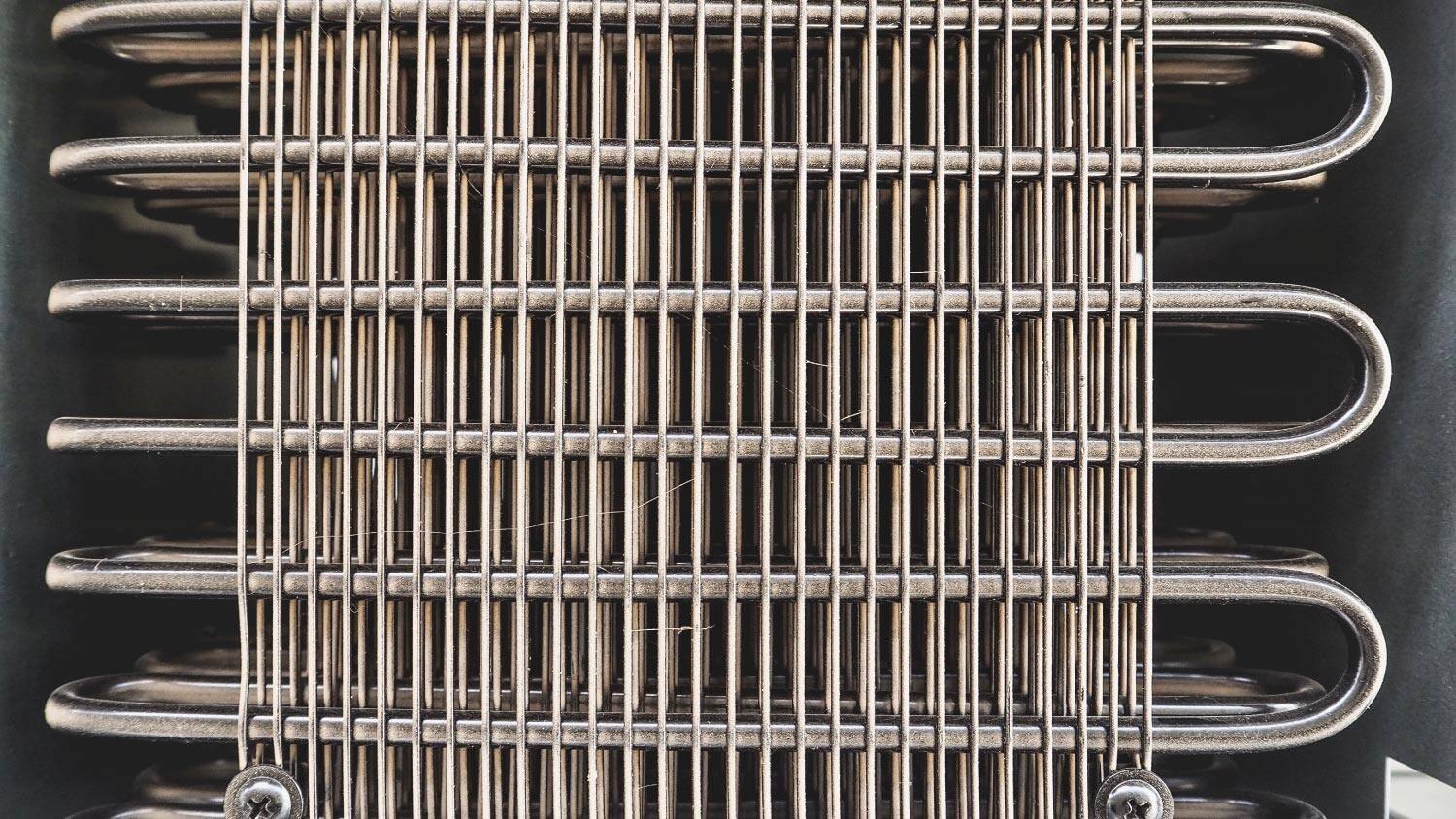

Articles
How To Clean Refrigerator Condenser Coils
Modified: January 6, 2024
Learn how to clean refrigerator condenser coils effectively with our informative articles. Improve the efficiency and lifespan of your fridge.
(Many of the links in this article redirect to a specific reviewed product. Your purchase of these products through affiliate links helps to generate commission for Storables.com, at no extra cost. Learn more)
Introduction
Welcome to our comprehensive guide on how to clean refrigerator condenser coils. Your refrigerator is an essential appliance that keeps your food fresh and cool, but did you know that the condenser coils play a crucial role in its performance? Over time, these coils can become clogged with dust, debris, and pet hair, impacting the efficiency of your refrigerator and potentially leading to costly repairs. In this article, we will explain why cleaning refrigerator condenser coils is important, provide a step-by-step guide on how to do it, and share some useful tips for proper maintenance.
Refrigerator condenser coils are located at the back or beneath your fridge, and their primary function is to remove heat from the refrigerator’s interior. When the coils get dirty, they can’t dissipate heat efficiently, causing your refrigerator to work harder and consume more energy. This not only leads to higher electricity bills but also puts additional strain on the compressor and other components, potentially shortening the lifespan of your appliance.
Regularly cleaning the condenser coils can improve the overall performance of your refrigerator, helping it to cool more effectively and saving you money in the long run. It is recommended to clean the coils at least twice a year, although certain factors such as pet hair, high dust environment, or excessive use may require more frequent cleaning.
Before we dive into the cleaning process, let’s gather the tools and materials you’ll need:
- Vacuum cleaner with a brush attachment
- Coil cleaning brush or soft bristle brush
- Clean cloth or sponge
- Mild detergent or coil cleaning solution
- Protective gloves
Now that we have everything ready, let’s proceed with the step-by-step guide on how to clean refrigerator condenser coils.
Key Takeaways:
- Regularly cleaning refrigerator condenser coils improves energy efficiency, prevents costly repairs, preserves food quality, and extends the appliance’s lifespan, saving money and ensuring optimal performance.
- Avoid common mistakes like using excessive force, sharp tools, or excessive water when cleaning the coils. Follow the step-by-step guide and maintenance tips for a well-maintained, efficient refrigerator.
Read more: How To Clean Condenser Coils On Freezer
Why Cleaning Refrigerator Condenser Coils is Important
Cleaning the condenser coils of your refrigerator is an essential maintenance task that often gets overlooked. However, neglecting this crucial step can have detrimental effects on both the performance and lifespan of your appliance.
Here are a few reasons why cleaning refrigerator condenser coils is so important:
- Improved Energy Efficiency: When the condenser coils are covered in dirt, dust, and debris, they struggle to release heat properly. This forces the refrigerator’s compressor to work harder, leading to increased energy consumption. By cleaning the coils, you can restore their efficiency, helping your refrigerator to cool more effectively and reducing your energy bills.
- Prevention of Costly Repairs: Clogged condenser coils put excessive strain on the entire refrigeration system, including the compressor. Over time, this can cause the compressor to overheat or fail, leading to expensive repairs or even the need for a replacement fridge. Regular cleaning of the coils helps prevent such issues and extends the lifespan of your refrigerator.
- Preservation of Food Quality: A refrigerator with clean condenser coils performs optimally, maintaining the desired temperature inside the unit. When the coils are dirty, the refrigerator may struggle to reach and maintain the proper temperature, which can affect the freshness and quality of your food. Cleaning the coils ensures that your fridge operates at its best, preserving your groceries for longer.
- Prevention of Fire Hazards: If the condenser coils are heavily coated in dust and debris, it becomes a fire hazard. As the refrigerator works harder to cool, the excess heat generated can potentially ignite the accumulated particles. Regular cleaning minimizes this risk and ensures the safe operation of your appliance.
- Extended Lifespan of the Appliance: By regularly cleaning the condenser coils, you can prolong the life of your refrigerator. The coils are an integral part of the cooling system, and keeping them clean and well-maintained reduces the strain on other components, such as the compressor and fans, allowing your fridge to function optimally for a longer period.
Now that you understand the importance of cleaning refrigerator condenser coils, it’s time to dive into the step-by-step guide on how to effectively clean them.
Tools and Materials Needed
Before you start cleaning the condenser coils of your refrigerator, it’s important to gather the necessary tools and materials. Having everything ready beforehand will make the process smoother and more efficient.
Here’s a list of what you’ll need:
- Vacuum cleaner with a brush attachment: A vacuum cleaner is essential for removing loose dirt, dust, and debris from the condenser coils. The brush attachment helps to easily reach and clean the coils effectively.
- Coil cleaning brush or soft bristle brush: A coil cleaning brush or a soft bristle brush will help you clean the coils more thoroughly. These specialized brushes are designed to reach the tight spaces between the coils and remove stubborn buildup.
- Clean cloth or sponge: You’ll need a clean cloth or sponge to wipe away any remaining dirt or residue after vacuuming and brushing the coils.
- Mild detergent or coil cleaning solution: In some cases, the condenser coils may have grease or stubborn grime that requires a cleaning solution. You can use a mild detergent mixed with water or a coil cleaning solution specifically designed for this purpose.
- Protective gloves: It’s always a good idea to wear protective gloves when working with cleaning solutions or handling dirty coils. This helps to protect your hands and prevent any potential skin irritation.
Ensure that you have all these tools and materials ready before you start the cleaning process. Having them on hand will save you from unnecessary interruptions and ensure that you can complete the task efficiently.
Once you’ve gathered everything, it’s time to move on to the step-by-step guide on how to clean refrigerator condenser coils.
Step-by-step Guide to Cleaning Refrigerator Condenser Coils
Now that you have all the necessary tools and materials, let’s dive into the step-by-step process of cleaning the condenser coils of your refrigerator. Before you begin, ensure that your refrigerator is unplugged from the power source for safety.
- Locate the condenser coils: The condenser coils are typically located at the back of the refrigerator or underneath it. You may need to pull the refrigerator away from the wall or remove the bottom grill to access them.
- Vacuum the coils: Using the brush attachment on your vacuum cleaner, gently remove any loose dirt, dust, and debris from the coils. Start at the top and work your way down, ensuring you cover all the areas and crevices. Be careful not to bend or damage the coils while vacuuming.
- Brush the coils: Take the coil cleaning brush or a soft bristle brush and carefully scrub the coils to remove any stubborn buildup. Work in a gentle, back-and-forth motion, paying extra attention to areas with visible dirt or grime. This will help dislodge any remaining debris and improve the overall cleanliness of the coils.
- Wipe away residue: Dampen a clean cloth or sponge with a mixture of mild detergent and water, or use a coil cleaning solution if necessary. Gently wipe the coils to remove any remaining dirt or residue. Ensure that the cloth or sponge is not excessively wet, as excessive moisture can damage the coils or other components.
- Allow the coils to dry: After cleaning, allow the coils to dry completely before plugging the refrigerator back in and returning it to its original position. This will prevent any potential electrical hazards or damage to the appliance.
- Reconnect and test: Once the coils are dry, plug the refrigerator back in and ensure that it is functioning properly. Check for any unusual sounds or issues with cooling. If everything is working as expected, you have successfully cleaned the condenser coils of your refrigerator.
It is recommended to perform this cleaning process at least twice a year or more frequently if you have pets or live in a dusty environment. Regular maintenance of the condenser coils will keep your refrigerator running efficiently and help prevent any potential problems in the future.
Now that you know how to clean your refrigerator condenser coils, let’s move on to some essential tips for proper maintenance.
Regularly vacuum and clean the refrigerator condenser coils to remove dust and debris. This will help the refrigerator run more efficiently and prolong its lifespan.
Tips for Proper Maintenance
Proper maintenance of your refrigerator goes beyond just cleaning the condenser coils. By following these additional tips, you can ensure that your appliance operates at its best and lasts for years to come:
- Keep the area around the refrigerator clean: Regularly sweep or vacuum the floor around your refrigerator to prevent the accumulation of dust and debris. This helps to prevent dirt from getting into the coils and other components, ensuring optimal performance.
- Avoid placing hot items directly in the refrigerator: Allow hot leftovers or cooked food to cool down to room temperature before placing them in the refrigerator. This helps to reduce the workload on the compressor and minimizes energy consumption.
- Check the door seals: Periodically inspect the door seals for any signs of wear or damage. A faulty seal can allow warm air to enter the refrigerator, causing it to work harder to maintain the desired temperature. If you notice any issues, replace the seals promptly.
- Regularly defrost the freezer: If you have a manual defrost freezer, ensure that you defrost it regularly to prevent excessive ice buildup. This improves the efficiency of the freezer and reduces energy consumption.
- Avoid overloading the refrigerator: While it’s tempting to stuff your refrigerator to the brim, overloading it can obstruct proper airflow and hinder proper cooling. Leave some space for air circulation to ensure the fridge operates efficiently.
- Set the temperature correctly: Check and adjust the temperature settings of your refrigerator as needed. Keeping it at the recommended temperature of 37-40°F (3-4°C) for the fridge compartment and 0-5°F (-18 to -15°C) for the freezer compartment ensures food safety and energy efficiency.
- Regularly clean the interior and exterior: Wipe down the interior of your refrigerator to remove spills and stains. Additionally, clean the exterior surface regularly with a mild detergent to keep it looking clean and fresh.
- Follow the manufacturer’s instructions: Always refer to the user manual provided by the manufacturer for specific maintenance guidelines and recommendations. Different models may have unique requirements, so it’s best to follow the provided instructions for optimal performance and longevity.
By implementing these maintenance tips, you can prolong the life of your refrigerator, improve energy efficiency, and ensure that your appliance continues to provide reliable cooling for your food and beverages.
However, there are some common mistakes that you should avoid when cleaning and maintaining your refrigerator’s condenser coils, which we will discuss next.
Common Mistakes to Avoid
While cleaning and maintaining the condenser coils of your refrigerator is essential, it’s important to be aware of common mistakes that can potentially harm your appliance. By avoiding these mistakes, you can ensure that the cleaning process is effective and safe:
- Using excessive force: Avoid applying excessive force or pressure when cleaning the coils. The coils are delicate and can be easily damaged if mishandled. Use gentle strokes when brushing or wiping to avoid bending or breaking the coils.
- Using sharp or abrasive tools: Do not use sharp or abrasive tools to clean the condenser coils. These tools can scratch or puncture the coils, leading to potential leaks and costly repairs. Stick to soft bristle brushes and gentle cleaning materials to protect the integrity of the coils.
- Using excessive water or cleaning solutions: Avoid using excessive amounts of water or cleaning solutions when cleaning the coils. Excess moisture can seep into electrical components and cause damage. Use a damp cloth or sponge with a mild detergent sparingly to ensure the coils are cleaned without excessive moisture.
- Spraying water directly onto the coils: Never spray water directly onto the condenser coils or any other parts of the refrigerator. Water can penetrate the electrical components, leading to electrical shocks or malfunctions. Always use a damp cloth or sponge to clean the coils and surrounding areas.
- Not disconnecting power: Always remember to unplug your refrigerator before attempting to clean the condenser coils. This is a crucial safety precaution to prevent any electrical shocks or accidents while working on the appliance.
- Skipping regular maintenance: Cleaning the condenser coils is just one aspect of refrigerator maintenance. Skipping other important maintenance tasks, such as cleaning the interior, checking seals, and maintaining proper temperature settings, can impact the overall performance and lifespan of your appliance.
- Ignoring professional assistance: If you are unsure about cleaning the condenser coils or notice any significant issues with your refrigerator, it is wise to seek professional assistance. Trying to troubleshoot or repair complex problems yourself may cause further damage or void the warranty.
By avoiding these common mistakes, you can effectively clean and maintain the condenser coils of your refrigerator without causing any harm to the appliance.
Now you have a comprehensive understanding of why cleaning refrigerator condenser coils is important, the tools and materials needed, a step-by-step guide for cleaning, tips for proper maintenance, and common mistakes to avoid. By implementing these practices regularly, you can ensure that your refrigerator operates efficiently, keeps your food fresh, and lasts for years to come.
Remember, a well-maintained refrigerator not only saves energy and money but also contributes to a healthier and more convenient lifestyle.
Conclusion
In conclusion, cleaning the condenser coils of your refrigerator is an important maintenance task that should not be overlooked. By regularly cleaning and maintaining these coils, you can ensure that your refrigerator operates efficiently, consumes less energy, and has a longer lifespan.
In this article, we have discussed the reasons why cleaning refrigerator condenser coils is important. We learned that dirty coils can lead to decreased energy efficiency, costly repairs, compromised food freshness, and even fire hazards. Regularly cleaning the coils helps improve energy efficiency, prevents expensive repairs, preserves food quality, and extends the lifespan of the appliance.
You now have a clear understanding of the tools and materials needed for the cleaning process, as well as a step-by-step guide to effectively clean the condenser coils. We also provided valuable tips for proper maintenance to ensure optimal performance and common mistakes to avoid that could potentially damage your refrigerator.
Remember to always follow the manufacturer’s instructions and take the necessary safety precautions when cleaning and maintaining your refrigerator. Seek professional assistance when in doubt or when dealing with complex issues.
By implementing the practices discussed in this article, you can keep your refrigerator running smoothly, saving energy, preserving your food, and avoiding potential breakdowns. Regular maintenance not only benefits you financially but also contributes to a more sustainable and environmentally friendly lifestyle.
Now, it’s time to put this knowledge into action and give your refrigerator some well-deserved TLC. Start by gathering the necessary tools, following the step-by-step guide, and making a habit of regular maintenance. Your refrigerator will thank you with its efficient and reliable performance for years to come!
Frequently Asked Questions about How To Clean Refrigerator Condenser Coils
Was this page helpful?
At Storables.com, we guarantee accurate and reliable information. Our content, validated by Expert Board Contributors, is crafted following stringent Editorial Policies. We're committed to providing you with well-researched, expert-backed insights for all your informational needs.
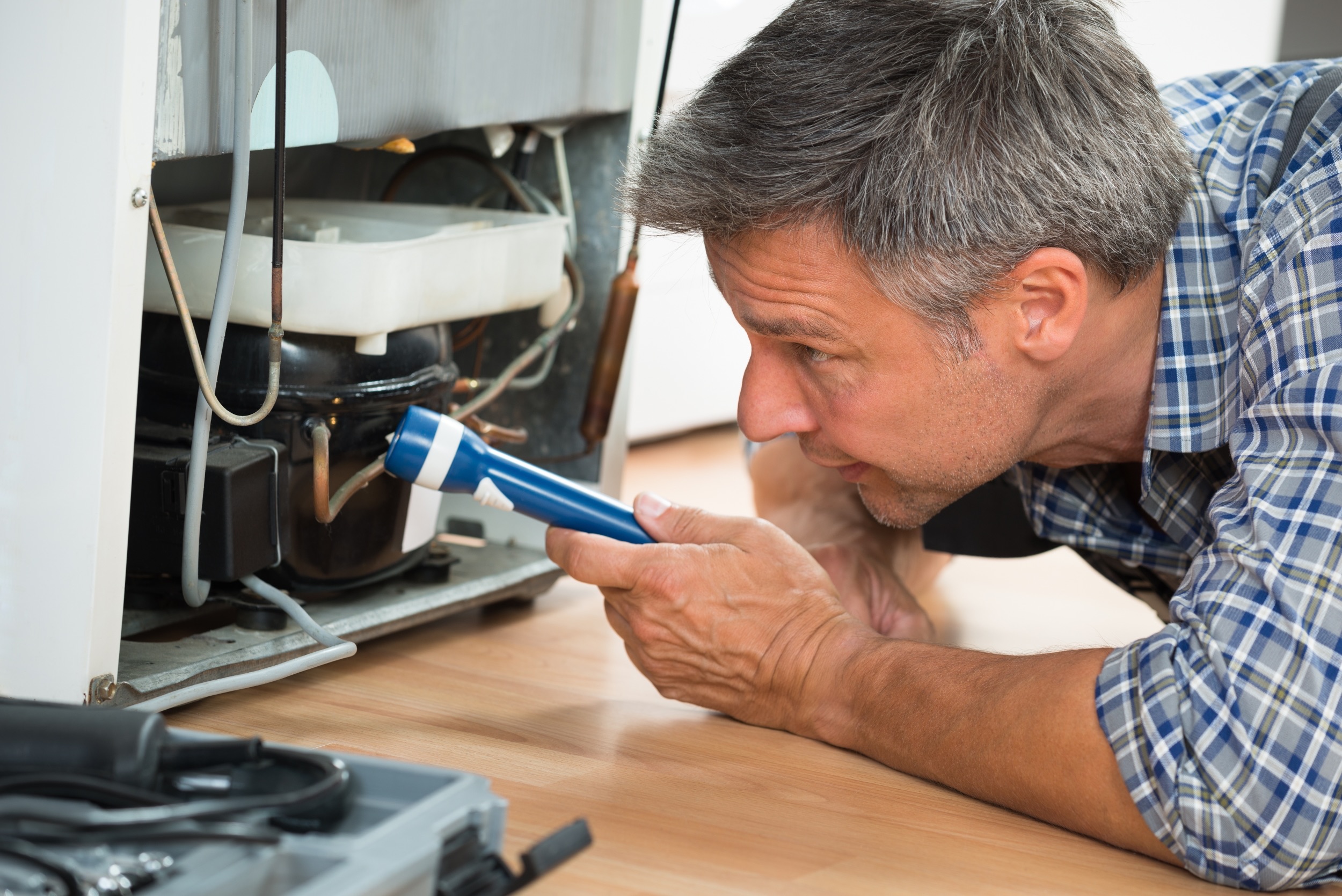
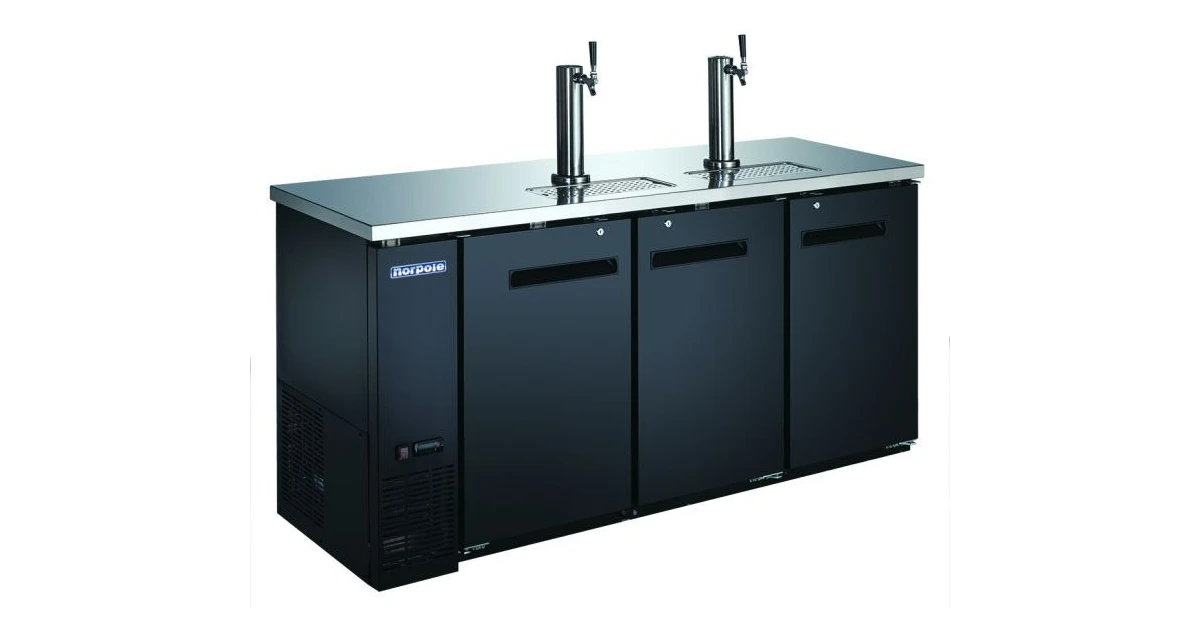
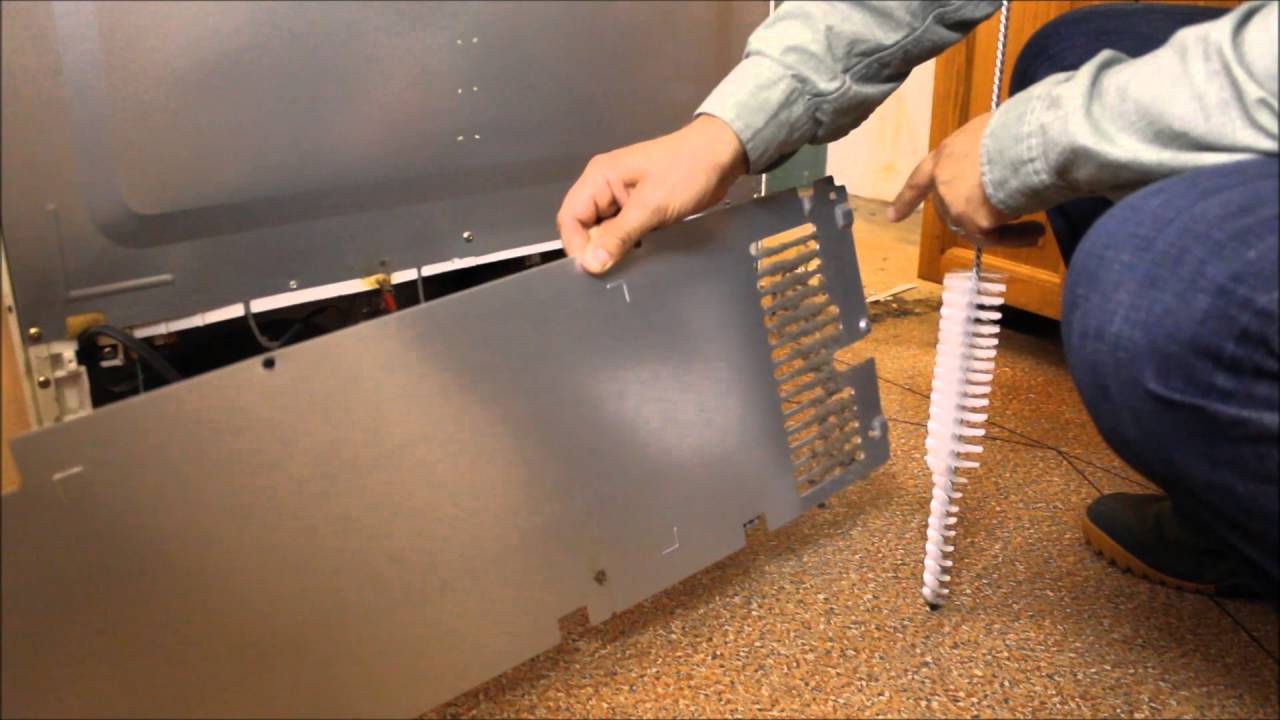
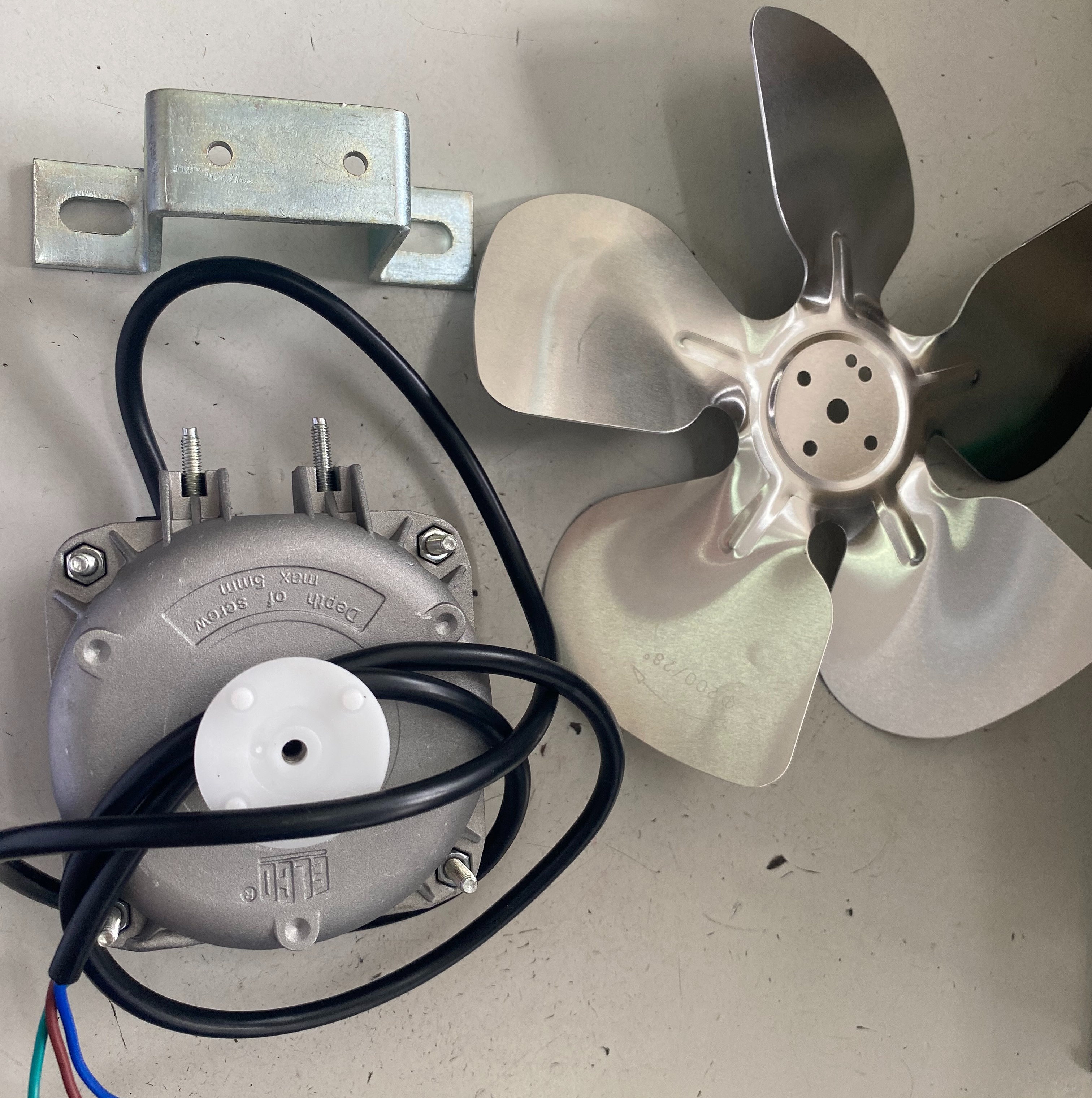
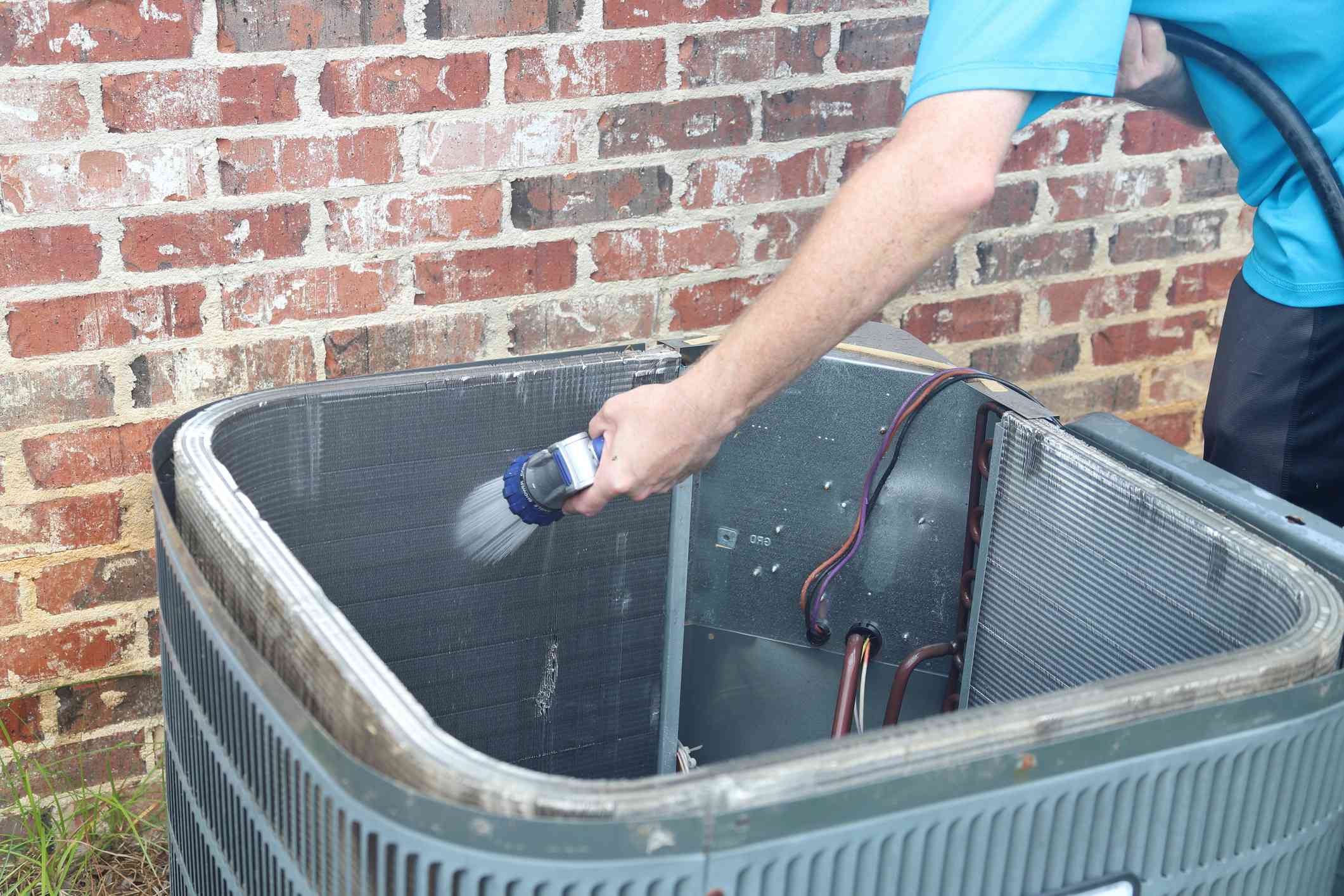

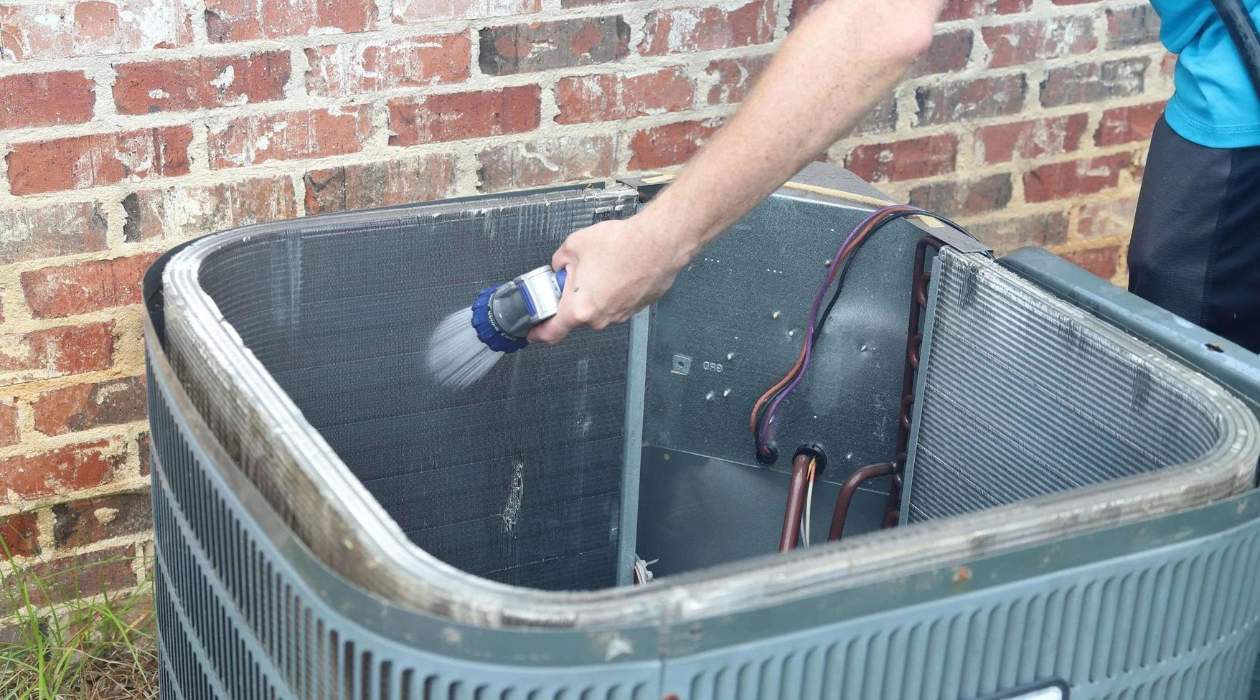
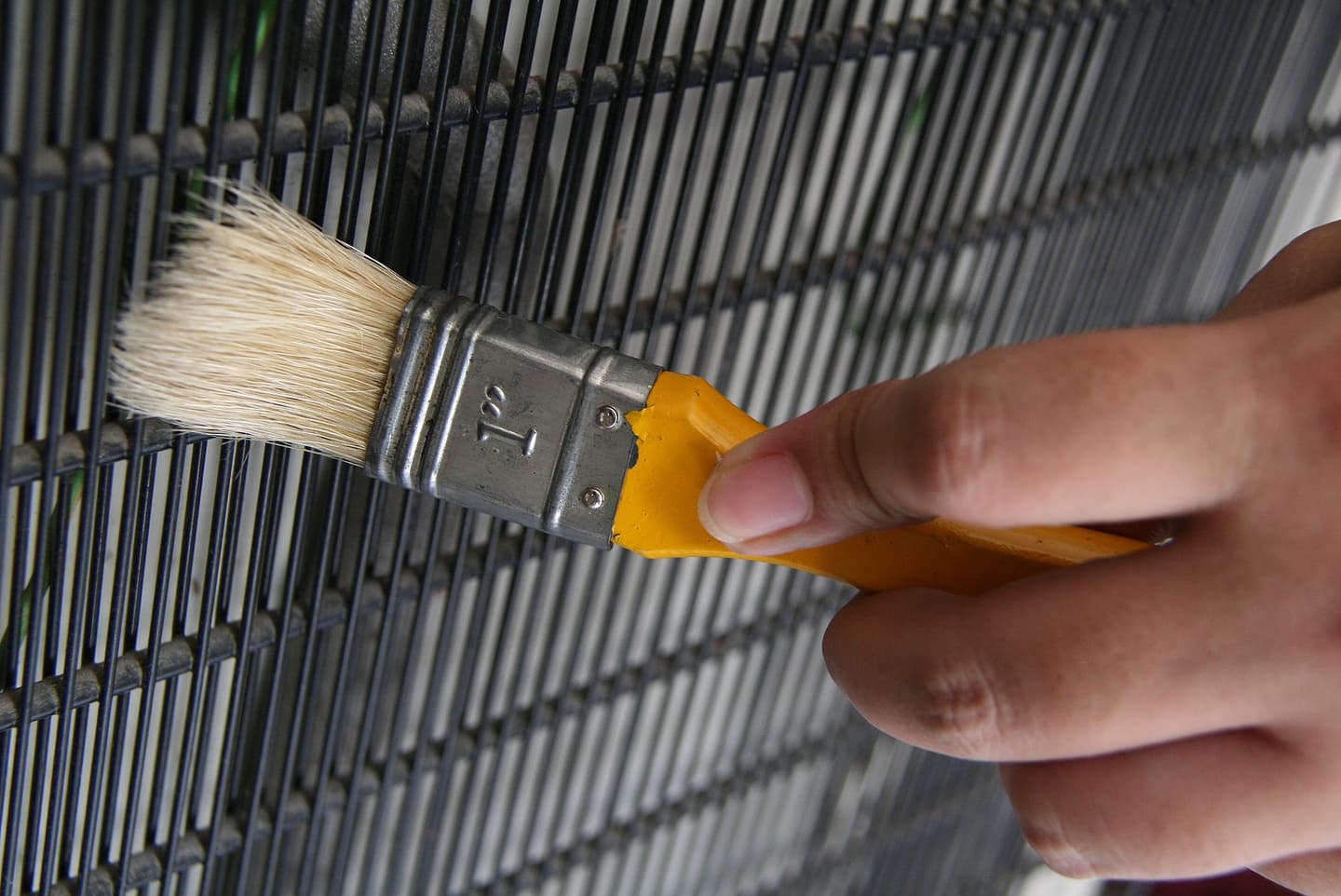
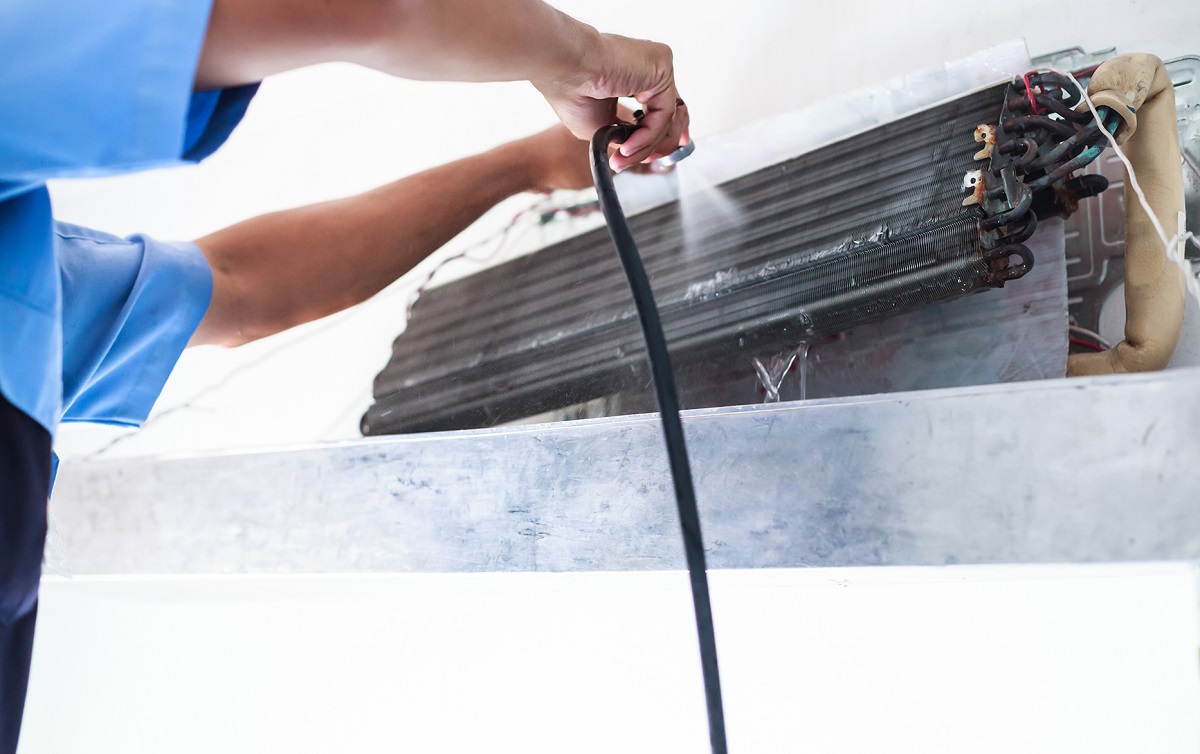

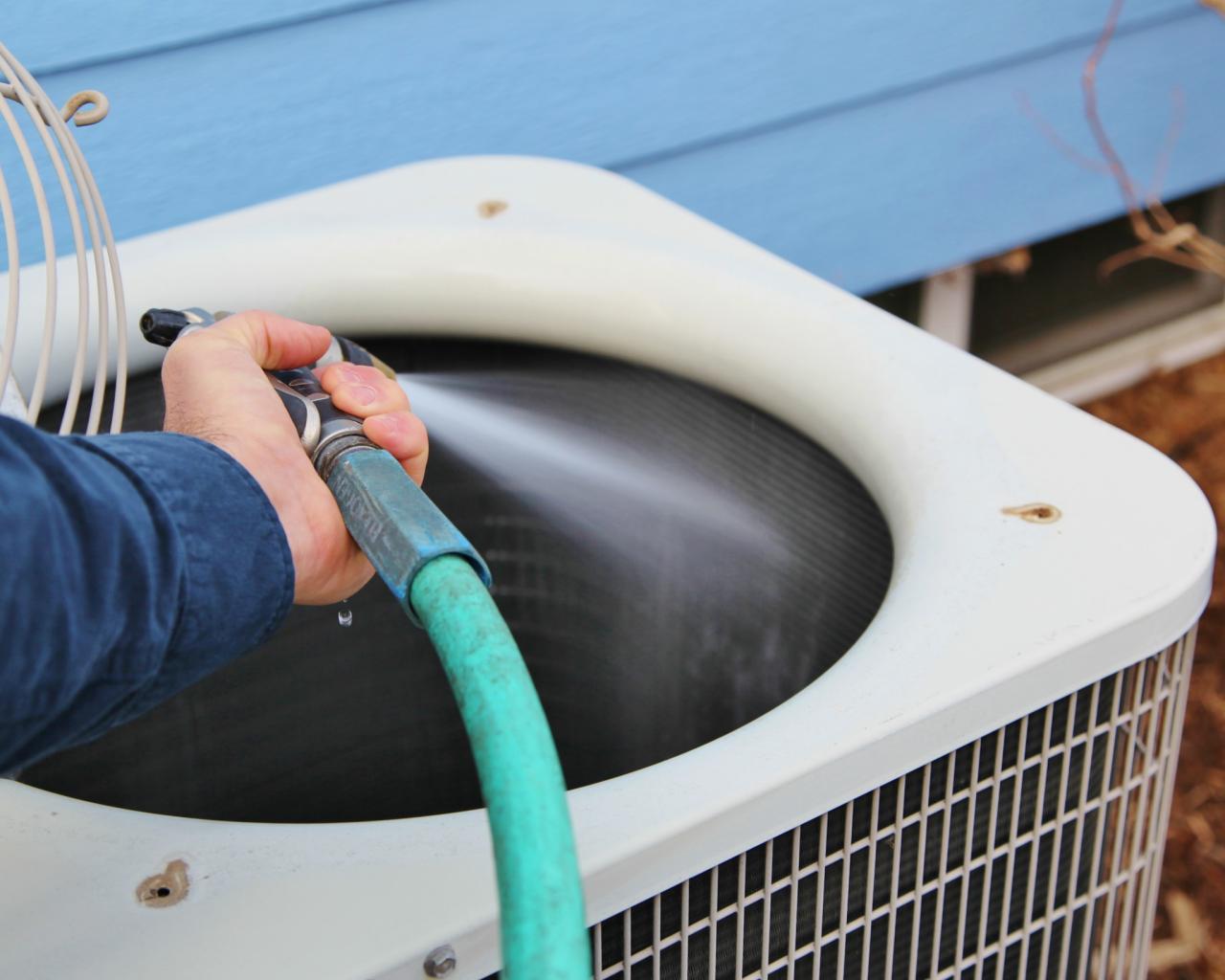
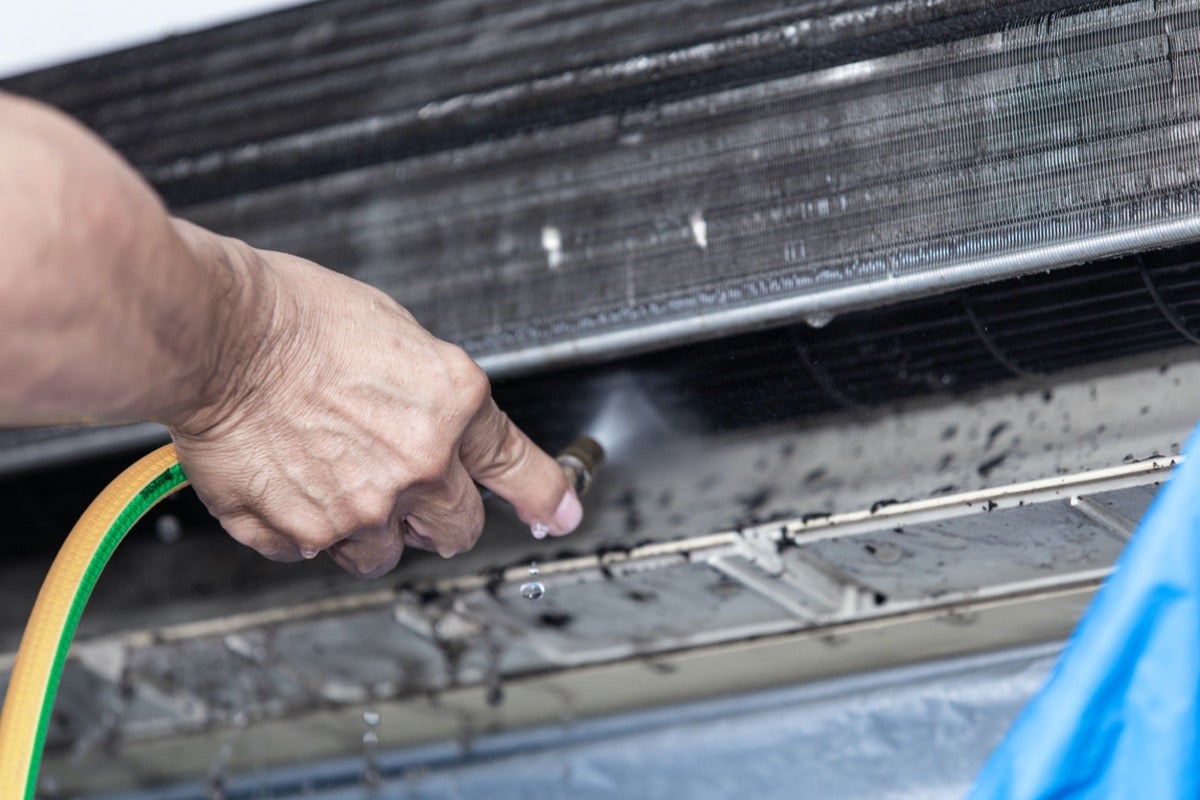
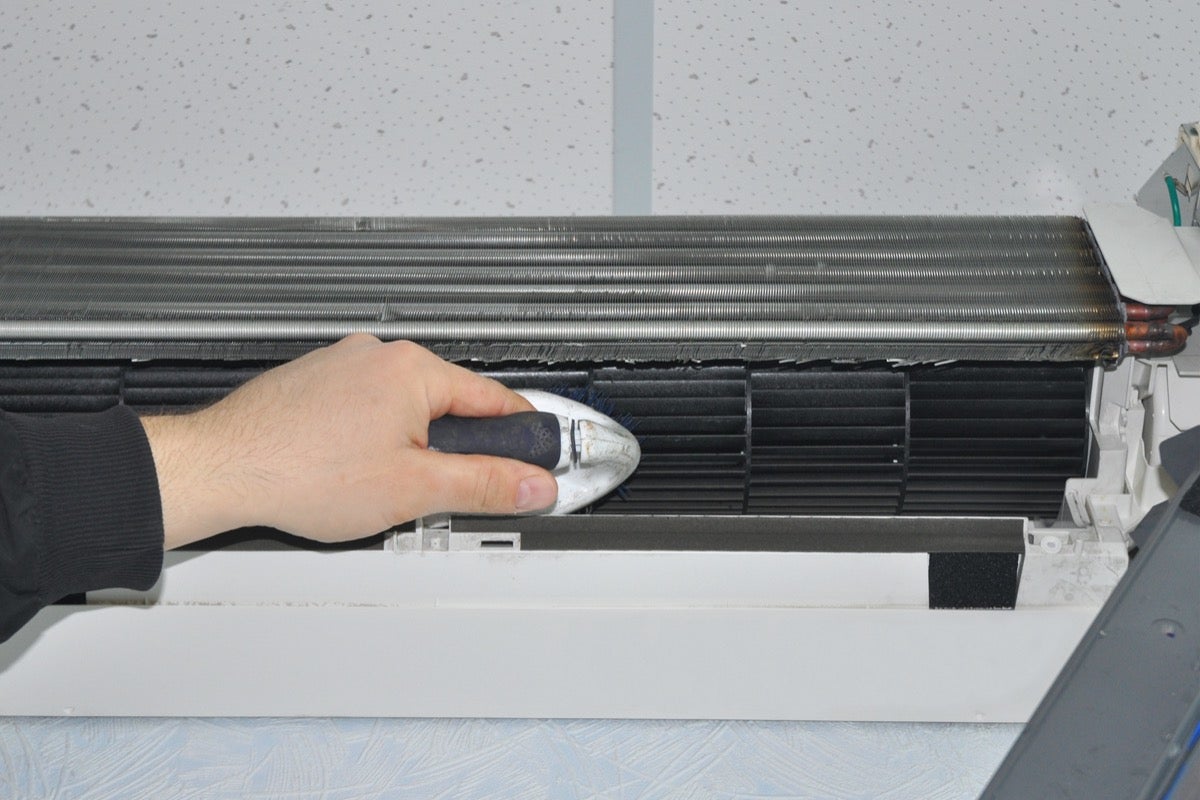
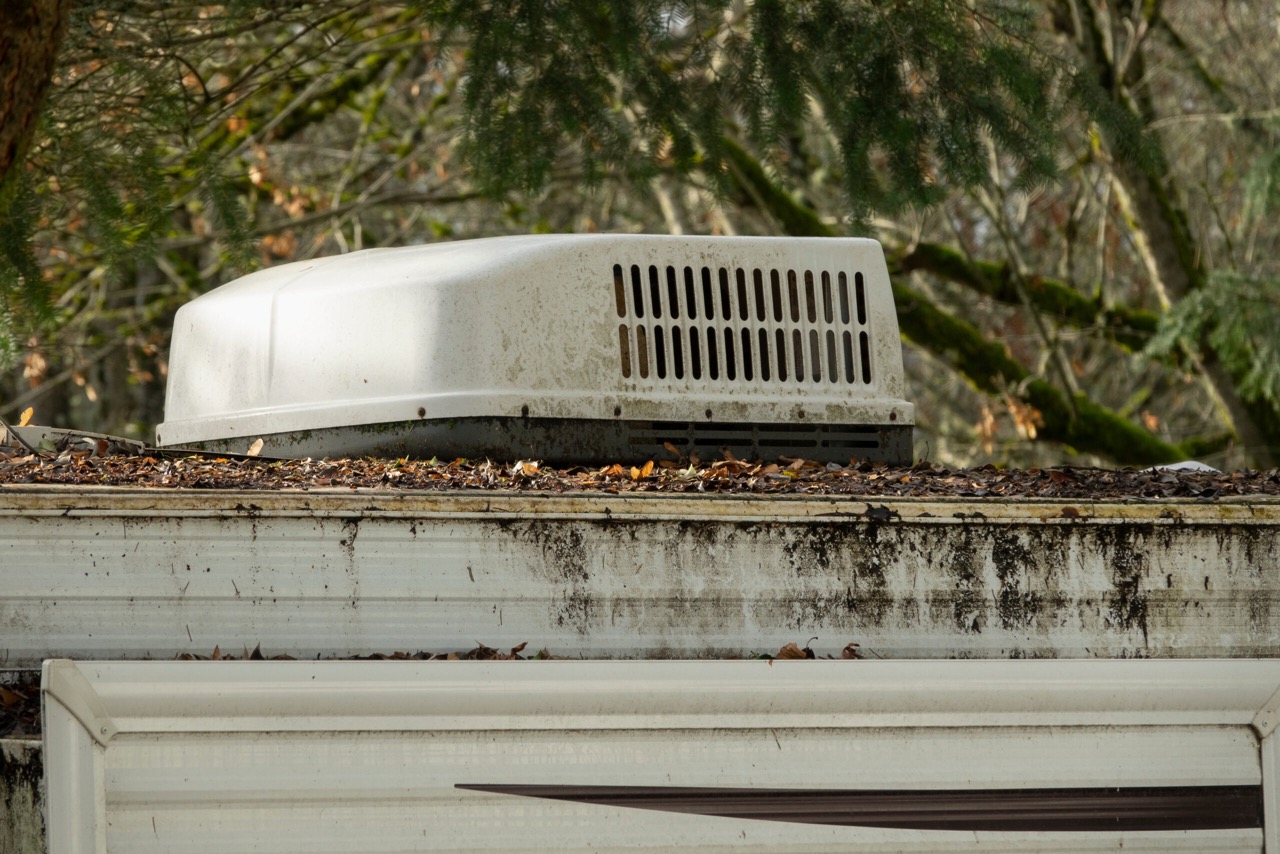

0 thoughts on “How To Clean Refrigerator Condenser Coils”